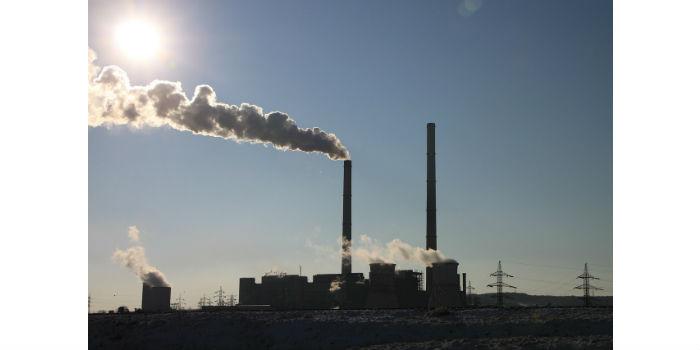 International. Carbon capture and storage (CCS) encompasses an integrated set of technologies that can prevent large amounts of CO2 from being released into the atmosphere by the use of fossil fuels.
International. Carbon capture and storage (CCS) encompasses an integrated set of technologies that can prevent large amounts of CO2 from being released into the atmosphere by the use of fossil fuels.
The CCS chain consists of three parts: capturing carbon dioxide, transporting it to a storage site by ship or pipeline, and using it as a resource to create valuable products or services or storing it underground in geological formations.
CCS technologies, which can be applied in the industrial sector and for power generation, could play an important role in meeting energy and climate objectives. In the IEA's Sustainable Development Scenario, CCS accounts for 7% of the cumulative emission reductions needed globally by 2040. This implies a rapid expansion of ccS deployment, from around 30 million tonnes (Mt) of CO2 currently captured each year to 2 300 Mt per year by 2040. [1]
As of 2019, there are 17 CCS facilities in operation in the world, including around 70% in North America, which capture 31.5Mt of CO2 per year, of which 3.7 Mt are stored geologically. Most of them are industrial plants and not electric. [2]
Its uses encompass a variety of industrial applications, outstanding reduction of process CO2 or exhaust gases and in natural gas processing. In the former, depending on the technology, CO2 is separated from H2 (pre-combustion), N2 (afterburning) and H2O (oxy-combustion, which burns hydrocarbons with pure O2), while in natural gas processing, CO2 is separated from CH4 and light hydrocarbons.
CO2 capture technologies are available on the market, but in general they are expensive and contribute to around 70-80% of the total cost of a complete CCS system.
The main CO2 separation technologies that can be applied to isolate CO2 from the flue/fuel gas stream before transport are absorption (the most mature process), adsorption, chemical loop, membrane separation, hydrate-based separation and cryogenic distillation.
The cryogenic distillation process is as follows: the combustion gas containing CO2 is cooled to the deublimation temperature (-100 to -135 ° C) and then solidified. CO2 is separated from other light gases and compressed at a high pressure of 100 to 200 times atmospheric pressure. The amount of CO2 recovered can reach 90-95% of the flue gas. Since distillation takes place at an extremely low temperature and high pressure, it is an energy-intensive process estimated at 600-660 kWh per ton of CO2 recovered in liquid form. Several patented processes have been developed and research has mainly focused on cost optimization. CO2 is obtained as a liquid with benefits in the transport of CO2 (compressors are not needed, pumps are used instead). It is suitable for a high CO2 content. [3] [4]. Cryogenic carbon capture technology is a relatively young technology but is being actively developed. In addition, cryogenic distillation has been adopted for many years in industry for CO2 recovery.
In reality, there are very few large-scale CCS projects in operation that use cryogenic distillation. [3] However, it should be noted that a facility using this technology is being built at a fertilizer plant in Zibo City, Shangdong Province, China. Once completed, it is expected to capture 400 Mt of CO2 per year.
Source: International Refrigeration Institute.














